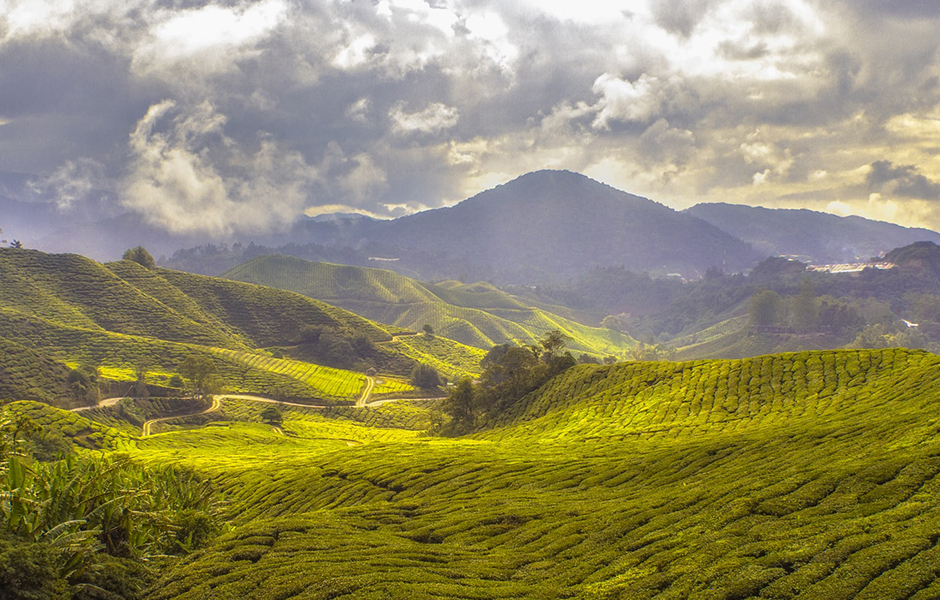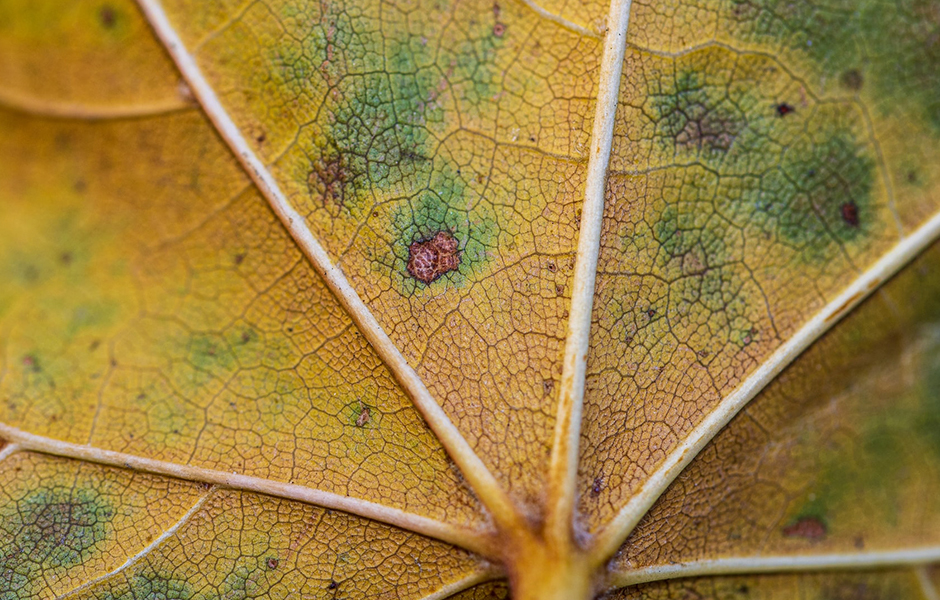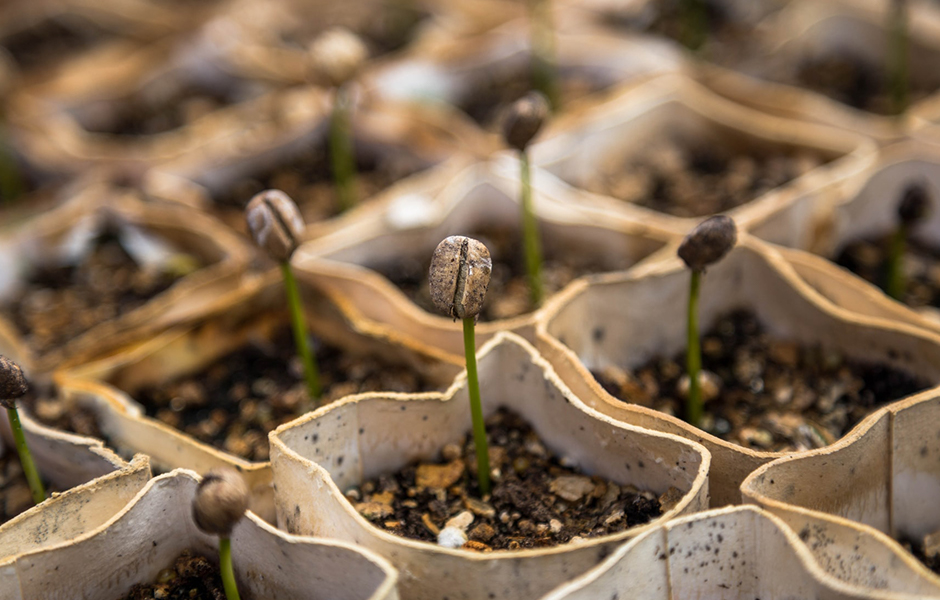A study conducted in Switzerland has discovered that climate change will reduce existing coffee producing land by 50% before 2050. With coffee being the second most imported product worldwide and representing a crucial export for numerous countries, this news is dire.
This new study builds upon research conducted in 2014, which forecasted a halving in coffee-growing land by the middle of this century.
The new study was led by Roman Grüter and residents at Zurich University of Applied Sciences. It applied projections from 14 global climate models and three different future emissions scenarios to critical land and soil requirements for coffee crops, such as acidity(pH), slope and humidity.
It should be noted that whilst climate change is predicted to decrease suitable growing conditions in some countries, climate change could also produce suitable growing conditions in other parts of the world, where such conditions historically haven't existed before. This would produce a shift in coffee producing countries, which could maintain the global supply of coffee.
Whilst this study and similar studies in the past have noted rising temperatures bringing new land into suitability, they haven't acknowledged the socioeconomic implications of such a transition. Small family farms are unlikely to relocate, in order to continue producing coffee. Instead, they're more likely to replant crops suitable to their new climate.
The main culprit
Climate change experts predict global temperatures to continue to rise this century, between 1.5-4.5 degrees Celsius in the hottest months. Scientists also predict that severe weather events, such as droughts and heavy rainfalls (such as monsoons) will become more regular, making it more difficult for farmers to cultivate crops.
Coffee crops require a specific temperature to grow with light and humidity. These conditions are met in Latin America's 'Coffee Belt'. Some analysts suggest that the optimum altitude for coffee cultivation will rise from 1200 meters above sea level to 1600 meters if climate change continues.

The origin of the problem
IN 1869, Sri Lanka had a monopoly over coffee, producing more than 45,000 tons annually. However, during that same year, a fungus called 'Hemileia Vastatrix' took hold of coffee plantations, causing 'rust leaf' in the plants. In less than 20 years, all coffee producing plantations had ceased, leading to plantation establishment in Brazil and later Columbia.

Between 2012 and 2013, rising temperatures fulledthe fungus once again in Central America, which caught unprepared farmers off-guard. Again, the result was a lower crop yield, which not only impacted global supply, but also had a detrimental economic impact for local farmers.
There are worries that if climate change continues, incidences of this fungus and others could increase.
Exploring the DNA of coffee
We mostly consume two types of coffee beans: Cofea Arabica and Coffea Canephora (also known as Robusta). Arabica coffee has a low tolerance to rising temperatures and is susceptible to coffee rust. On the other hand, Robusta coffee is heat resistant and more forgiving to grow.
Arabica coffee is the most favourable coffee bean, with 60-80% of all coffee production attributed to Arabica.

A research cetre called 'Cenicafe' in Columbia, run by the National Federation of Coffee Growers, began developing coffee varieties that combined Arabica's flavour with the properties of the Robusta to become resistant to coffee rust.
It is hoped that these hybrid coffee beans will be able to adapt to climate change more effectively and withstand fungus mutations.



